Artificial Intelligence in Orthopedics
The application of artificial intelligence (AI) to orthopaedic surgery is gaining popularity. In recent years, there has been a spike in interest in the use of artificial intelligence (AI) in healthcare. Computer systems are becoming increasingly capable of performing activities that would ordinarily need human intelligence, thanks to advances in data storage and processing. Despite the enthusiasm, AI integration into clinical practise is still in its early stages. Large datasets are excellent for the development of AI algorithms, because of the rise in digital medical imaging and information collected in databases and orthopaedic registries. These technologies have the potential to improve patient care on a variety of levels, including diagnosis, management, research, and systems analysis. For most orthopaedic surgeons, artificial intelligence is still a relatively young discipline, thus understanding the scope, breadth, and nature of previous work can help them identify new applications and research topics.
- Digital Medicine
- AI in orthopedics

Stephen S Tower
University of Alaska Anchorage, United States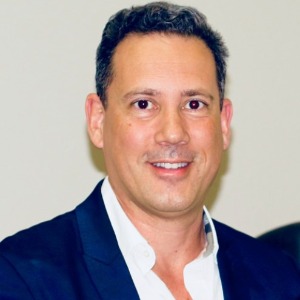
Marcos Brioschi
American Academy of Thermology, United States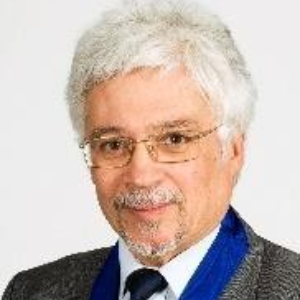
Wagih El Masri
Keele University, United Kingdom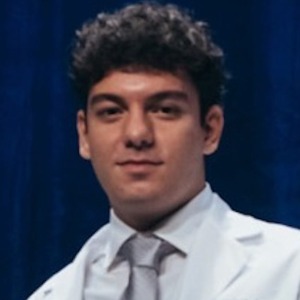
Arif Akkok
Lake Erie College of Osteopathic Medicine, United States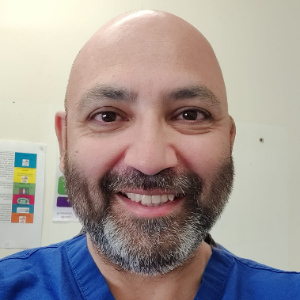
Akash Ganguly
Warrington and Halton Hospitals NHS FT, United Kingdom
Sajid Ali
The Dudley Group NHS Foundation Trust, United Kingdom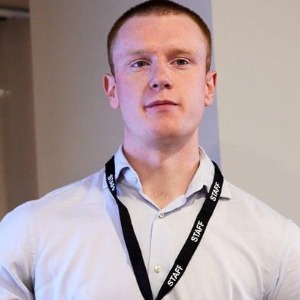




Title : The UK profemur recall and implant cobaltism
Stephen S Tower, University of Alaska Anchorage, United States
Title : The tomographic phenotype and the genotype of wormain bones
Ali Al Kaissi, National Ilizarov Medical Research Center for Traumatology and Orthopaedics, Russian Federation
Title : New treatment of muscle contracture and joint contracture through muscle regeneration with mitochondrial dynamics
Ki Ji Lee, Busan Medical University, Korea, Republic of
Title : New treatment of sarcopenia through muscle regeneration with mitochondrial dynamics
Ki Ji Lee, Busan Medical University, Korea, Republic of
Title : The prevalence and association of self-reported depression symptoms with musculoskeletal pain and quality of life among pregnant women
Youssef Masharawi, Tel Aviv University, Israel
Title : Bipolar hemiarthroplasty under local anesthesia (2%)
Ketan Karabhai Parmar, Aayush Multispecialty Hospital, India